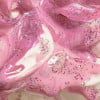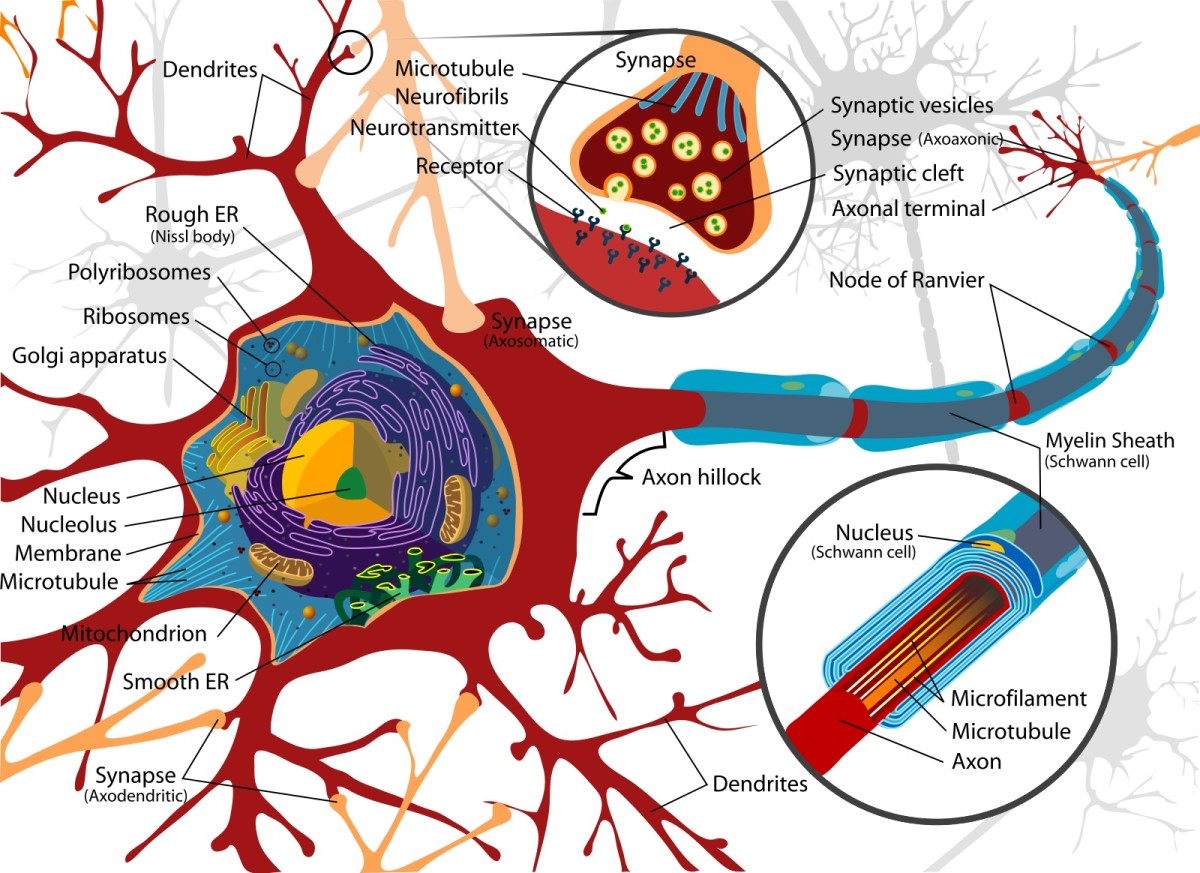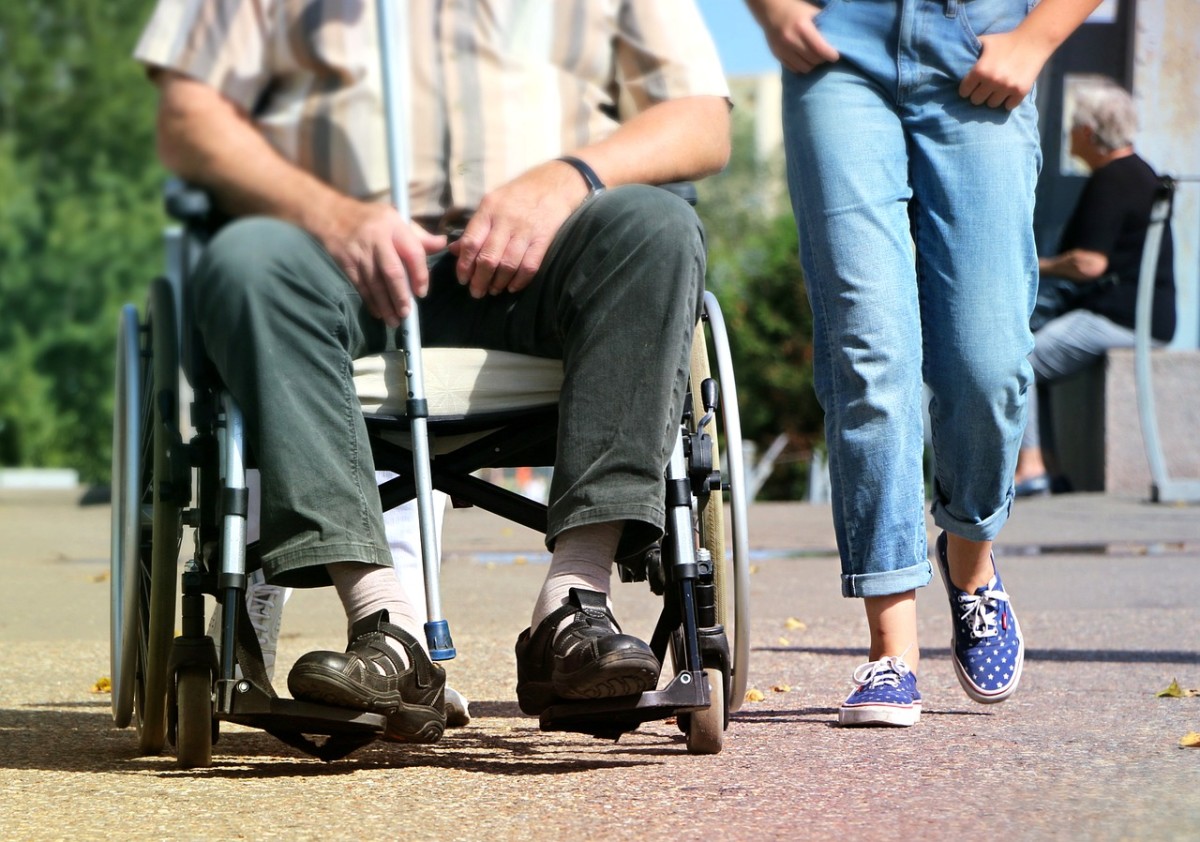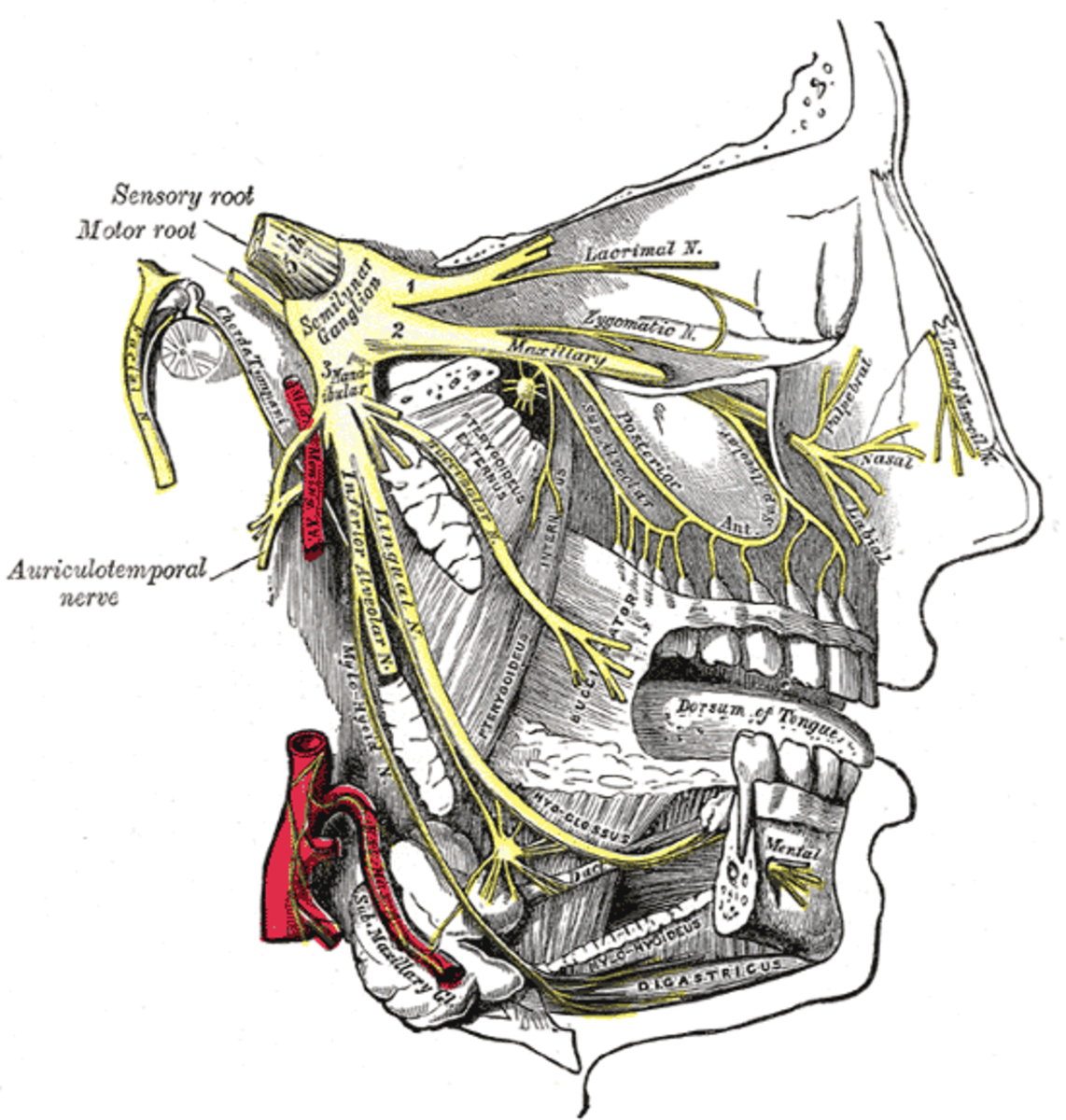Sound Mind, Broken Body.....What is ALS?

Broken Body
You could see the tears in his eyes as his oldest grandson walked into his room at the nursing home. The last time he saw him, he was only twelve. Now, he was a man, all grown up. You could see his eyes follow him as he walked across the room to greet him. The only indication of a smile was a gleam in his eyes, behind his tears. It was the sign of recognition, as his grandson spoke to him and gave him a hug and kiss. Cole leaned back down again, and lifted his grandfather's frail body, to prop him up on his pillows. He had slumped down in his bed, and was unable to push himself into an upright position.
Mind and Body: Separate
Can you imagine having a strong, sound mind? Yet, your body no longer receives messages from your central nervous system. It no longer takes directions from you. Can you imagine the emotional distress of not being able to tell your spouse, children, or grandchildren you love them? You are incapable of speech, or it is inaudible. Can you imagine not being able to give your children or grandchildren a simple little kiss on the cheek, because the muscles in your face will not allow you to properly close your mouth to pucker for a kiss? You have all of your faculties of mind. However, you can't swallow properly, you can't speak, you can't hold a cup of coffee, walk or even dress yourself. This separation of mind and body is a disease known as ALS(Amyotrophic Lateral Sclerosis), also known as Lou Gehrig's disease.
What is ALS?
ALS is a disease that causes degeneration of the nerves which control muscle movement. It attacks the nerve cells in the brain and spinal cord. ALS is an incurable fatal neuromuscular disease. Muscles progress to weakened states and eventually results in paralysis. French neurologist, Jean-Martin Charcot first depicted this disease in 1869. However, it gained national and international attention in 1939. During this year, Lou Gehrig was diagnosed with the disease, and retired from baseball.
Symptoms
- Loss of muscle strength
- Loss of coordination
- Difficulty swallowing (usually first muscles affected)
- Difficulty breathing
- Muscle cramps
- Speech, slow or abnormal
- Voice change, hoarseness
- Head drop, weak spinal or neck muscles
Additional Symptoms Associated With ALS
- Muscle Spasms
- Weight Loss
- Muscle Contractions
- Ankle, feet, and leg swelling
- Drooling
Muscles are affected. However, it doesn't affect the senses (smell, taste, hearing, sight, or touch), bladder or bowel functions or even the ability to think or reason, therefore, separating mind and body.
Treatment
There is no cure for ALS. In recent years, they have discovered a drug treatment for ALS. However, it only prolongs the person's life. The drug can't stop the disease, and doesn't reverse the damage already done. The drug only controls the symptoms.
Choking is common in ALS patients. Most decide on a feeding tube known as gastrostomy. It has been discovered the illness increases the need for food. Due to the limited ability to swallow, this is why most choose the feeding tube.
Types
- Sporadic-This is the most common in the United States. Out of all the cases, this is the largest group. It affects 90% to 95% of the cases.
- Familial-This affects 5% to 10% of all cases. This one occurs more than once in a family lineage.
- Guamanian-This one occurred in the 1950's. A large amount was observed in Guam and the Trust Territories of the Pacific during this time frame.
Tests
ALS is very difficult to diagnose. However, not one test can diagnose the disease. It sometimes takes a battery of tests to rule out other possibilities.
- Exam of nerves and muscles shows weakness.
- Reflexes abnormal
- Spinal tap
- Genetic testing (only if family history)
- EMG (check nerves to see which ones are not working properly)
- Blood tests
- Breathing test (to see if lung muscles affected)
- Swallowing studies
Prognosis
The patient loses their ability to care for oneself. Life expectancy is cut short. Death usually occurs within 3 to 5 years of diagnosis. Only 20% of those diagnosed with the disease survive more than 5 years.
Statistics
In the United States, 5600 people are diagnosed with ALS every year. This means 15 new cases everyday. Statistics show an estimated 300,000 at any time have ALS. ALS attacks most people between the ages of 40 and 70 with 55 being the average age. The ALS CARE Database shows 93% of the patients are Caucasian and 63% with ALS are men.
Information
There are only 34 ALS Association Certified Centers throughout the United States. Most states do not have a Certified Center, Chapter, or Support Group. The state in which I live only has one clinic, and one doctor who specializes in this disease. This may be some indication of why most cases are misdiagnosed or difficult to diagnose. We need to create an awareness of this fatal disease, and offer our support to find a cure. If you would like to learn more about this disease, centers, chapters, or support groups in your area follow this link: www.alsa.org
In memory of Willis A. Smith.
Informational Resources
- Homepage - ALS Association
The ALS Association encourages scientific research to find a cure for ALS, heightens awareness of the nature of the disease, stimulates volunteerism and activism, and increases awareness of government leaders to encourage support of research and pati - What is ALS? - The ALS Association
Amyotrophic lateral sclerosis (ALS), often referred to as Lou Gehrig\'s Disease, is a progressive neurodegenerative disease that affects nerve cells in the brain and the spinal cord.
© 2010 Cindi








